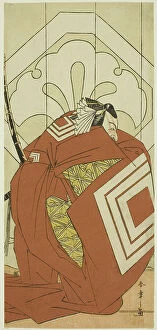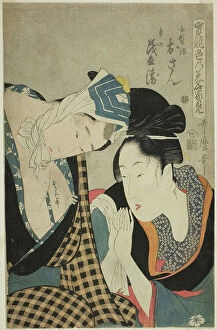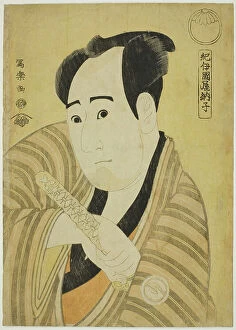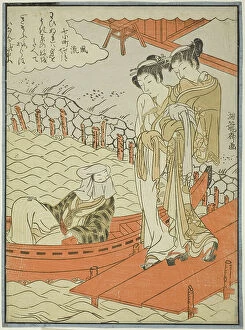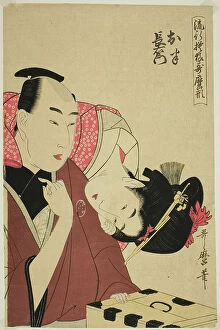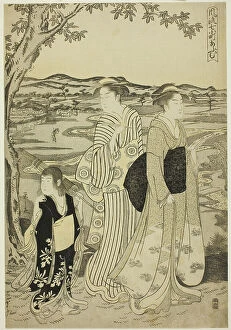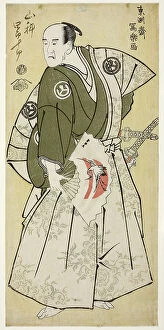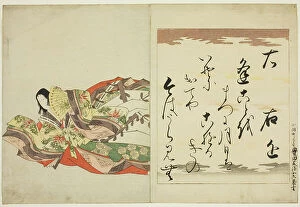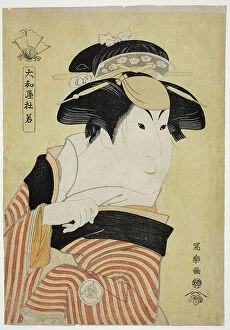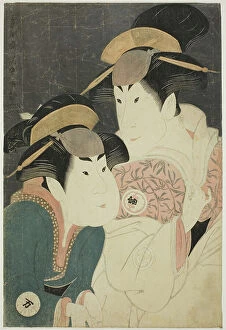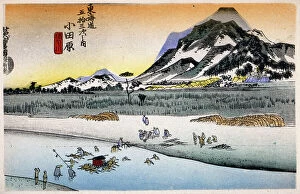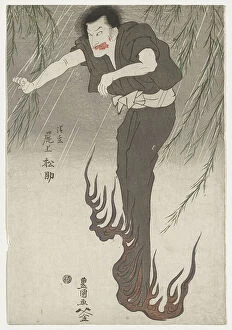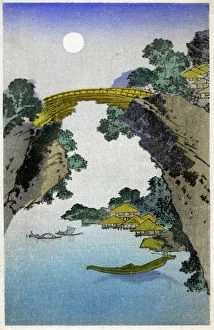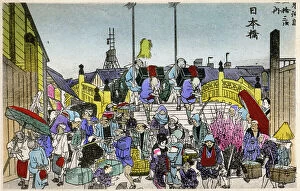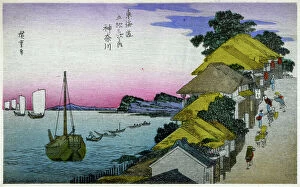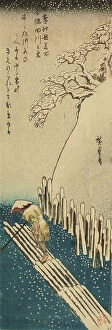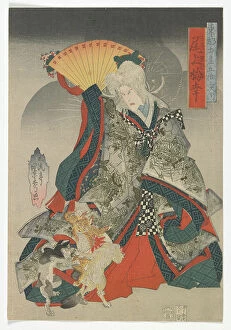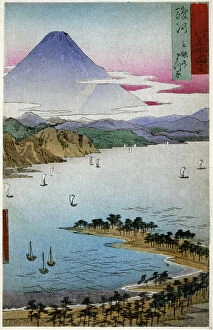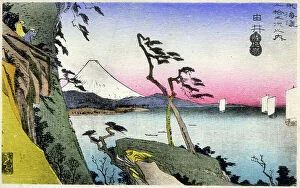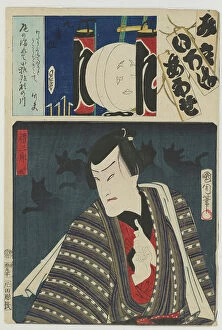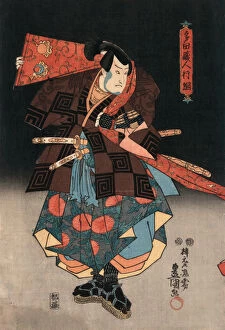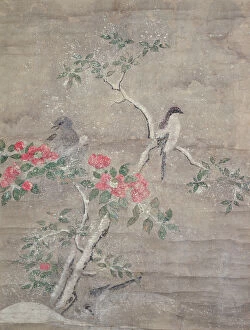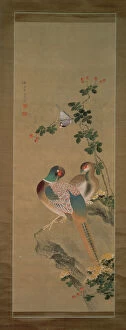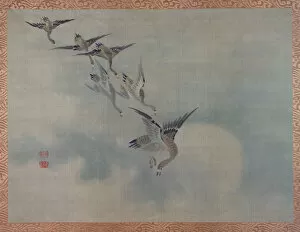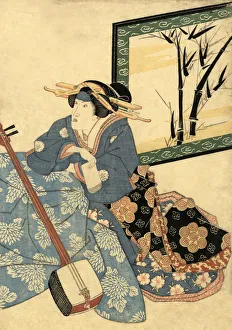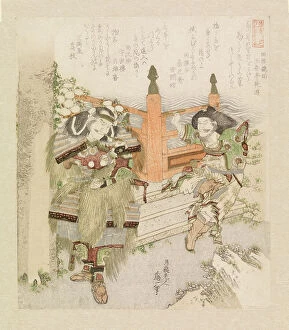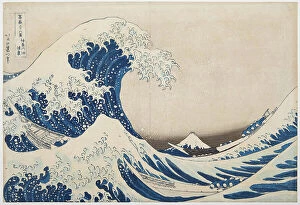Edo Period Collection (page 2)
The Edo Period, also known as the Tokugawa period, was a time of great artistic and cultural development in Japan
All Professionally Made to Order for Quick Shipping
The Edo Period, also known as the Tokugawa period, was a time of great artistic and cultural development in Japan. This era lasted from 1603 to 1868 and was characterized by peace, stability, and isolationism. One of the most iconic images from this period is "The Great Wave" by Katsushika Hokusai. This woodblock print depicts men in boats battling large waves off the shore of Kanagawa, with Mount Fuji towering in the background. It captures both the power and beauty of nature that inspired many artists during this time. Another famous artwork from the a woodblock print by Shuntei Katsukawa depicting two samurai warriors engaged in battle. The intricate details and vibrant colors showcase the skillful craftsmanship that was prevalent during this era. In addition to these warrior-themed prints, there were also delicate works like "Eleven Female Cranes Standing in Dry Reed Bed. " Created using ink and colors on paper, this piece showcases the elegance and grace associated with traditional Japanese art. Religion played an important role during the Edo Period as well. "Nichiren Calming the Storm, " a color print by Utagawa Kuniyoshi, depicts a powerful scene where Nichiren, a Buddhist monk, calms a raging storm with his spiritual presence. Not only did visual arts flourish during this time but so did literature. One example is "The Blind Men and The Elephant, " another woodblock print by Hokusai which tells an allegorical story through vivid imagery. The it also saw advancements in trade with foreign countries such as Portugal. A six-fold screen titled "Nanban Six-Fold Screen Depicting Arrival of Portuguese Ship for Trade" portrays scenes of interaction between Japanese locals and Portuguese traders. This period also witnessed everyday life being depicted through art forms like paintings or prints showcasing activities such as sword cleaning or travelers in the snow at Oi.

